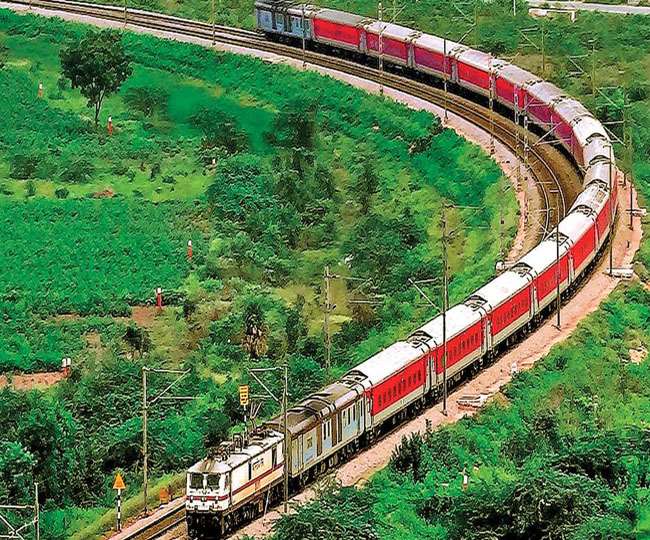Transport is an essential feature for the development of the economy as well as for human’s daily needs. In this section, we will go through the Road-railway coordination, their competition, and the waterways of India.
Transport’s Lifeline: Road – Railway Coordination
Roads are economically and technologically the most viable forms of communication for short distances. Roads are expected to connect local markets and local markets with regional markets for the transportation of goods, commodities, and passengers.

The railway is economically and technologically most viable for intermediate distance. It is expected to connect regional markets, regional markets with central/national markets for transportation of goods, commodities, and passengers. Thus roads and railways ‘have a role of complementarity and coordination as they serve their purpose according to economic and technological viability for strengthening backward and forward linkages of the Indian economy.
Road – Railway Competition
In recent years, railways are losing business to road transportation. This phenomenon is known as road – railway competition. Road transportation has the following advantages in respect of the railway. With the National Highway Development project, there is the modernization of roads. Road congestion has been considerably reduced speed and efficiency are better.
With the modernization of road transport technology, trucks and lorries are bigger and more cost-effective. Road routes are more flexible in case of disturbances where routes could be changed to reach the destination. The disadvantage with railways; Routes are inflexible, Railways are under government control. Hence policies are rigid. Implementation, of policies, is slow. The corporation is rampant. Due to structural deficiencies, cost, and time over-run is high.
National Highway Development Project (NHDP)
This project was introduced in the year 1999. The objectives of this project were the modernization of National Highways to reducing time and cost over-run by reducing congestion. This project was to strengthen backward and forward linkages of the Indian economy to improve economic efficiency, productivity, and competitiveness. Another objective of this project was to attract Foreign Direct Investment for expanding economic production capacity and Connecting the Indian economy with the global economy.
Strategy & Implementation
NHAI is responsible for its implementation. The 3 region components of these projects are:
Golden Quadrilateral: Six Laning of National highways connecting the four major metropolitan cities of India. Total length: 5800 km.
North-South- East-West Corridor: Four Laning of National Highways counting Srinagar with Kanyakumari and Silchar with Porbandar. Total length: 7300 km.
International Sea-Port & Air-Port Connectivity: Connecting the Golden Quadrilateral and corridors with the nearest international seaports and airports with lanes of the road.
NATIONAL WATERWAYS

Internal waterways are located in Perennial Rivers & Canals. These are used for transporting goods & commodities by using mechanized boats and streamers. In respect of roads and railways, internal waterways are considered better for transporting goods and commodities. These are environmentally and economically more viable. As for the development of internal waterways, no transmission lines like road and rail are required to be constructed. Construction of roads & rail interferes with vital natural eco-systems and habitats. The following are the three most important waterways-of India.
- Allahabad To Haldia
- Sadiya To Dhubri
- West Coast Canal
National Inland Waterways Authority is responsible for establishing and maintaining the inland waterways of India. Inland waterways are not popular in India as in European and North American countries. Economic as well as the condition of inland waterways.
Geographical Factors
- Himalayan rivers have multiple waterfalls.
- Peninsular rivers are seasonal in nature, their valleys are wide and shallow.
- Himalayan rivers in plains have multiple meanders, hence the distance between source and destination is increased.
- Rivers and canals of India are suffering from pollution and sitting, hence are becoming shallow.
- For internal waterways to work efficiently, sustained and continuous flow of water is required.
- Indian rivers are seasonal variations with respect to the flow of water.
Economic Factors
- Roads and railways have an advantage in respect of internal waterways in respect of speed.
Significance of International seaports of India
- Connecting the Indian economy with the global economy through international trade.
- Diversifying international trade income of composition and direction.
- Ensuring the availability of commodities. India is deficient in production. This ensures price stability.
- Exporting surplus goods and commodities. This ensures employment, income to producers and earns foreign exchange for India. International seaports on the west coast and east coast are also used for inter and intra-regional trade.

